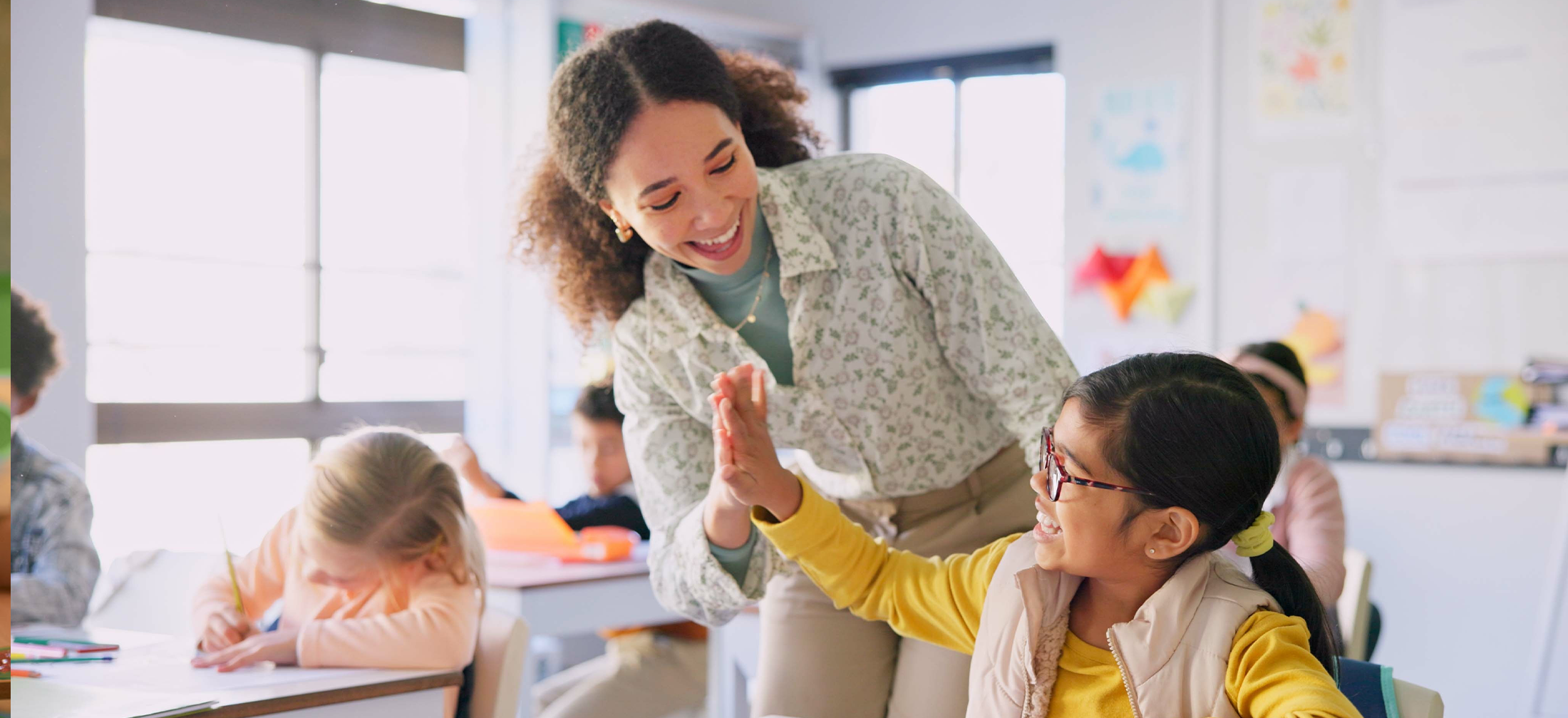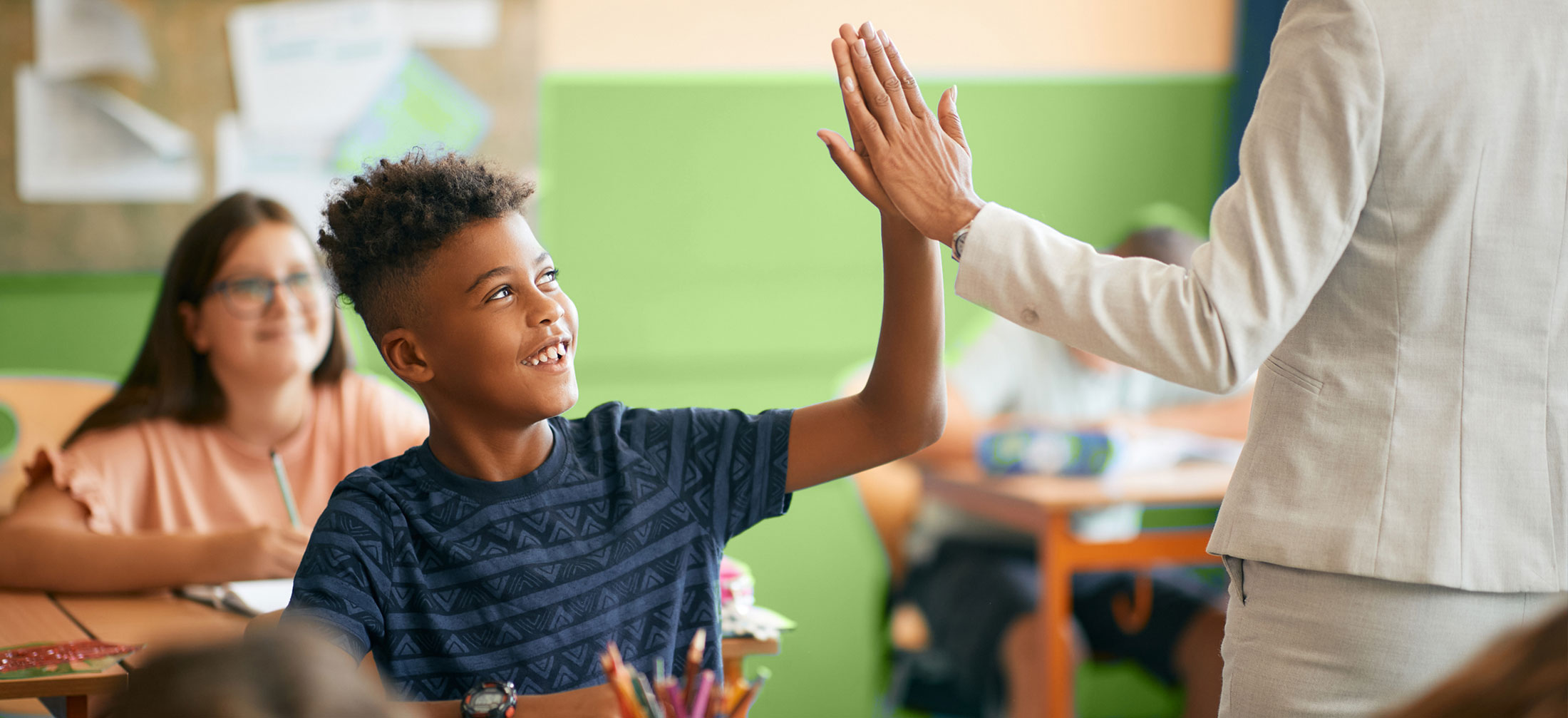
As students, teachers, principals, and administrators transition from back-to-school season into the nitty gritty of the 2020/21 school year, there’s no shortage of pandemic-related issues to contend with.
One of the more pressing issues facing educators at the moment is how to quickly and effectively assess students’ knowledge and well-being without having access to updated assessment data. A key source of data is missing this fall as assessments simply weren’t administered on a large scale in the spring due to preventative measures taken to protect students and staff from the COVID-19 pandemic. Also, many states/districts across the country are forgoing the implementation of large-scale standardized assessments this season due to continued uncertainties.
Without standardized, large-scale assessment data, many education professionals may find themselves flying somewhat blindly this fall as they get to know a new cohort of students and try to pinpoint exactly where they are along their academic journeys.
Just because statewide assessments were not administered in the usual format in the spring doesn’t mean assessment can’t be used in other ways. Here are just a few ways assessments can be helpful in your day to day work:
- Micro-Assessments: State education agencies and standardized testing organizations are making “micro-assessments”, a variance on “micro-credentials,” available to their stakeholders. Micro-assessments are given frequently throughout a course and can include everything from giving students one-minute papers about a topic that’s just been taught to a class poll asking about what they are finding difficult about the material. The data from these more informal assessments can be used on a smaller scale by educators throughout the fall to begin to identify and address coronavirus-related learning gaps.
- Personalized learning: Given that most classes were held remotely from March through May, this concept is emerging as a prominent form of education delivery nationwide. No matter what format you’re working in—in-person, remote, or hybrid—it is important to use a system of personalization to meet the specific learning needs of individual students. This concept can conceivably be applied to assessments as well. By focusing more on individual students’ learning progress, a more accurate portrait of where they’re at can be created.
- Data-driven instruction: Monitoring and assessing students’ progress on a personalized level can be augmented by using data to inform classroom instruction. Using real-time assessment data to gauge how to effectively support a student’s, or group of students’, academic progress will be valuable to educators during what promises to be a unique school year. With limited large-scale data available, the emerging trend of teachers serving as educational researchers can be utilized to great effect as the education community seeks out data during this unique time.
- Social-emotional learning (SEL): In addition to quantifying students’ progress this fall, qualifying their SEL status will be important for educators nationwide. Assessing how students have dealt with the trauma of the last few months and determining the best way to cope with that trauma should be a focus for everyone in the education community. Reintegrating students into in-person learning will present several new SEL-related challenges. Recognizing the difficulties some students might’ve endured during distance learning and assessing how their cognitive functionality may have changed during quarantine are some first steps teachers can take to promote their learners’ SEL capacities.
Assessments have always been an important part of education. During this unconventional school year, they may be all the more important. Incorporating small-scale assessments into class or school routines this fall is one way to help make things seem as normal as possible–for students and educators alike!
Feel free to contact us to learn more ways to tackle issues of assessment, personalized learning, and social emotional learning.



